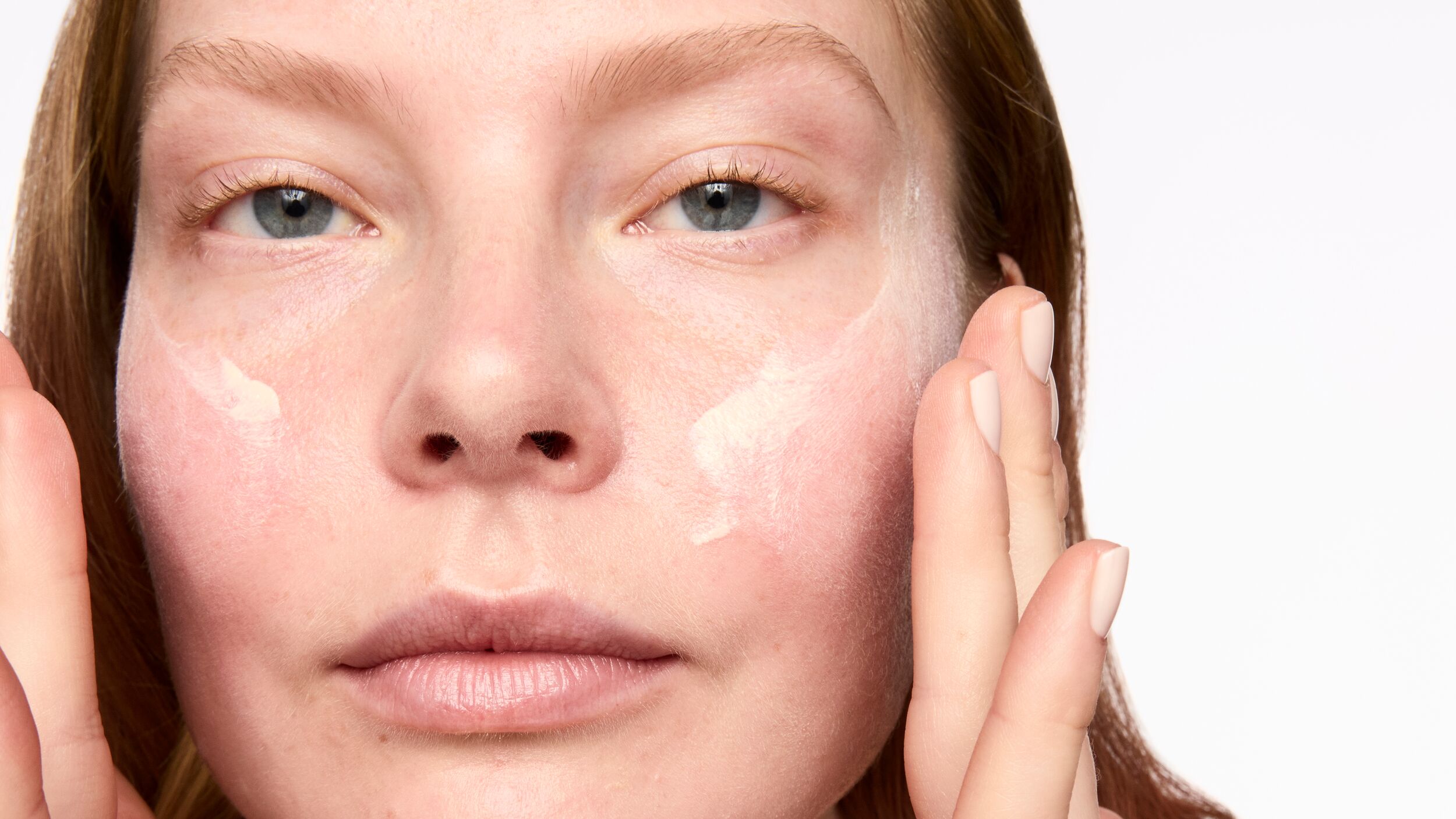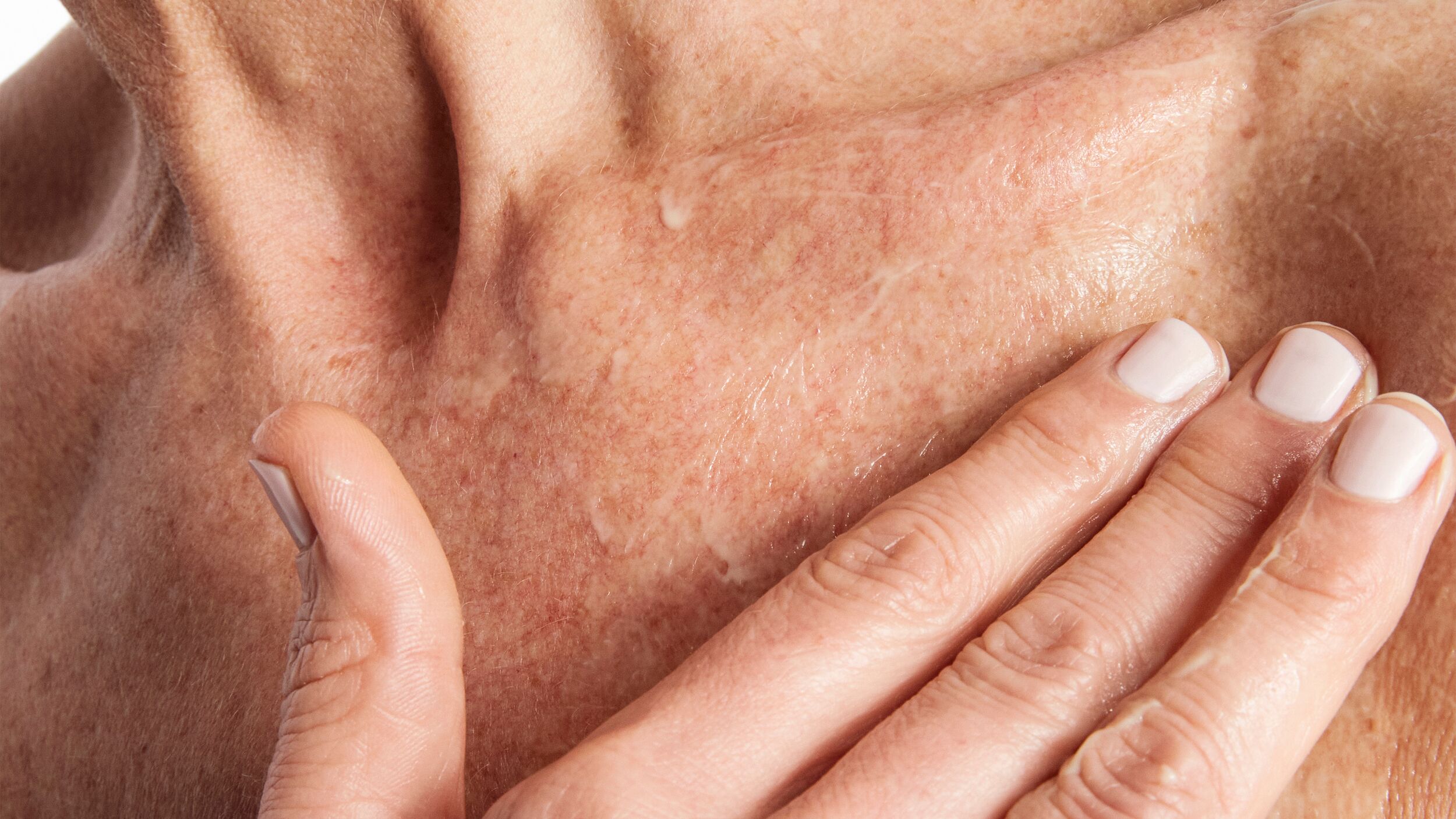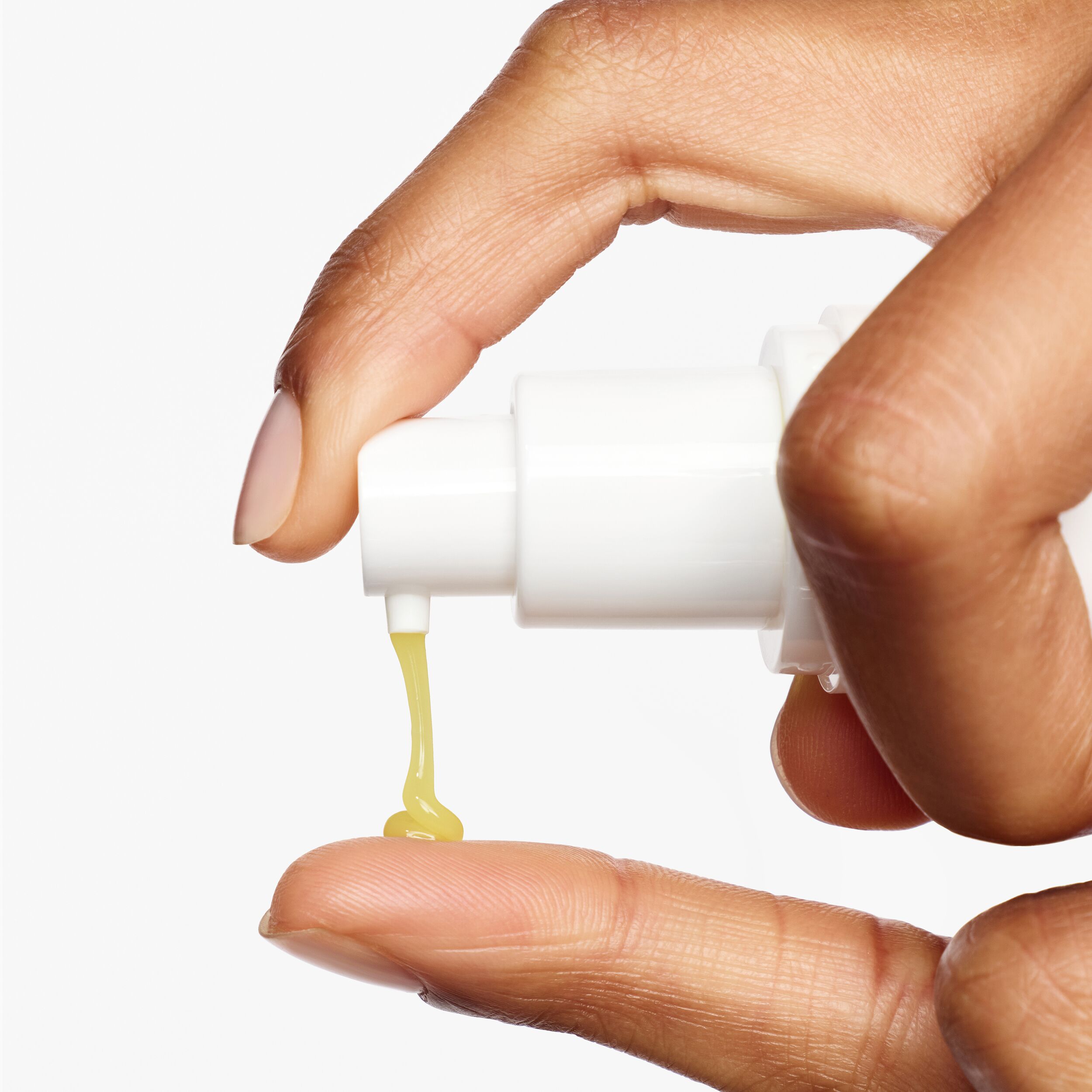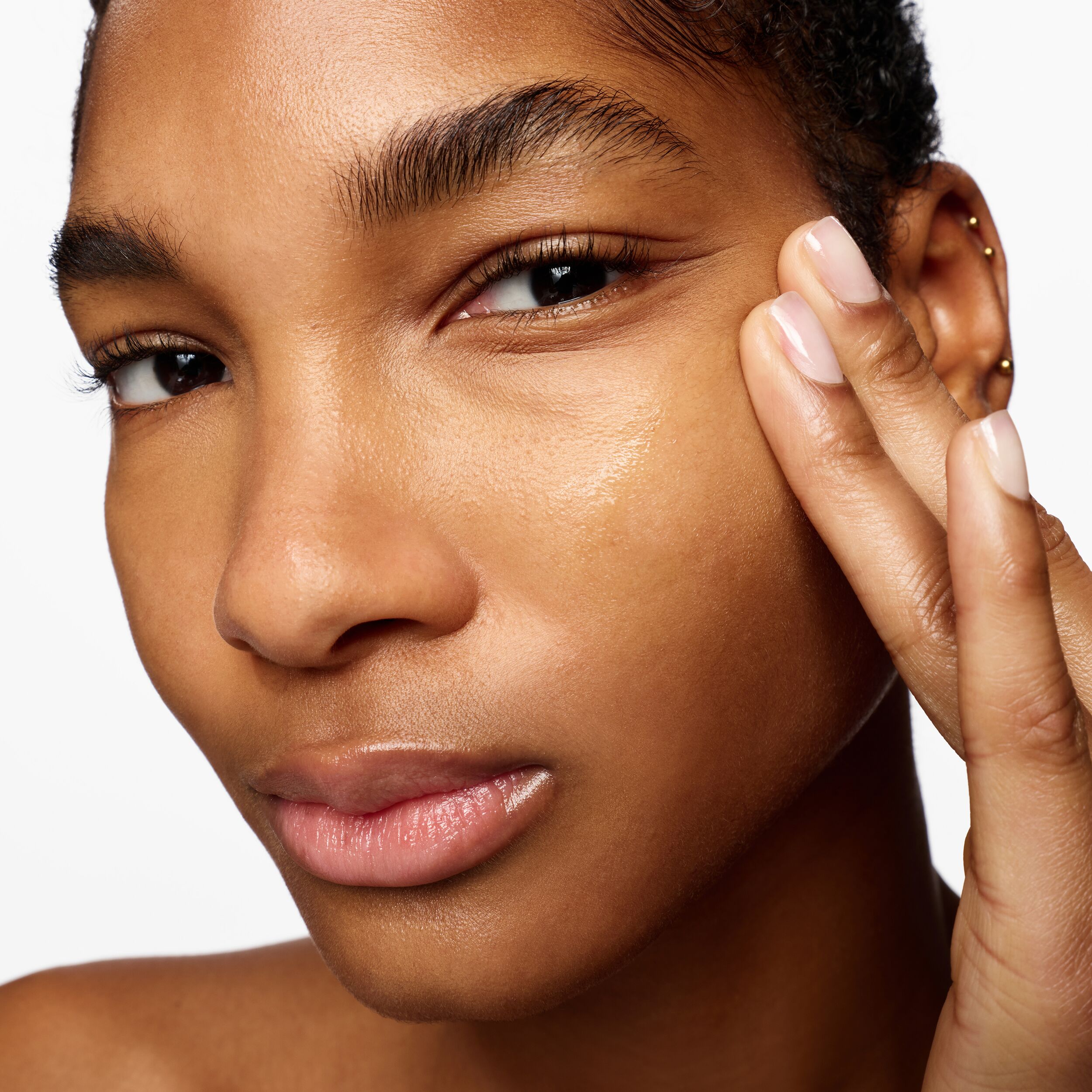
Retinol has long been hailed as the ultimate powerhouse in skin-rejuvenating skincare. It smooths, brightens, and clarifies, earning its rightful place on bathroom shelves everywhere. But, like any potent ingredient, it comes with its quirks - and one of the most important is its relationship with sunlight. Here’s everything you need to know (including why Retinol should never be without SPF)...
What is Retinol? (And Why Does Everyone Love It?)
Retinol, Retinal and Retinoids are all a form of Vitamin A, a multi-tasking molecule renowned for its ability to address a plethora of skin concerns. It works by speeding up cell turnover to help visibly reduce wrinkles and even skin tone.
Beyond anti-aging, Retinol can also be used on skin prone to breakouts thanks to its resurfacing powers. But as effective as it is, Retinol comes with a few caveats - most notably, its potential to irritate the skin.
Retinol can sometimes cause dryness, redness, or peeling, especially when you’re just starting out. The best way to avoid these side effects is to look for formulas that include encapsulated Retinol to help minimize irritation. Start with a low percentage, and gradually build up depending on how your skin tolerates it.
Due to its resurfacing power, Retinol makes the skin more sensitive to sunlight, which is why SPF is absolutely essential.
Why Does Retinol Make Skin More Sensitive to UV Light?
Retinol works by accelerating cell turnover, i.e. removing dead skin cells on the surface and exposing new cells underneath. These new skin cells can be more prone to photosensitivity and damage from UV rays.
Without adequate protection, this sensitivity can result in redness, irritation, and, over time, even long-term damage like hyperpigmentation (which is ironic because, when used correctly, Retinol helps to minimise pigmentation!).
When Should You Apply SPF? (Spoiler: All Year Round!)
Let’s get one thing straight - UV rays don’t take a holiday. They’re present 365 days a year, even on cloudy days or when you’re indoors near windows, so you should always wear SPF. And if you’re using Retinol, applying SPF daily is non-negotiable.
The best SPF is one that you wear. Find a formula that works for your skin and has broad-spectrum protection and an SPF of at least 30 (SPF 30 blocks about 97% of UVB rays, which is sufficient for most people, but if you’re more prone to sunburn, go for SPF 50).
It’s also crucial to reapply SPF every two hours when outdoors, and more frequently if you’re swimming or sweating. And don’t forget areas like your neck, hands, and ears—they’re just as vulnerable as your face.
Your Retinol + SPF Routine:
Mastering this dynamic duo is easier than you think. Here’s how to structure your routine:
Night: Apply your Retinol after cleansing. If it’s a Retinol serum, apply it before moisturizer. Or if you have a Retinol moisturizer, apply your serums beforehand. Try to avoid using Retinol on nights when you exfoliate with AHAs or BHAs - overdoing it can further increase sensitivity.
Morning: Cleanse to remove any residual product, then follow up with your usual serum or moisturizer and finish with SPF.
The bottom line? Retinol and SPF are a team. And when you use them correctly, your skin is the winner.


